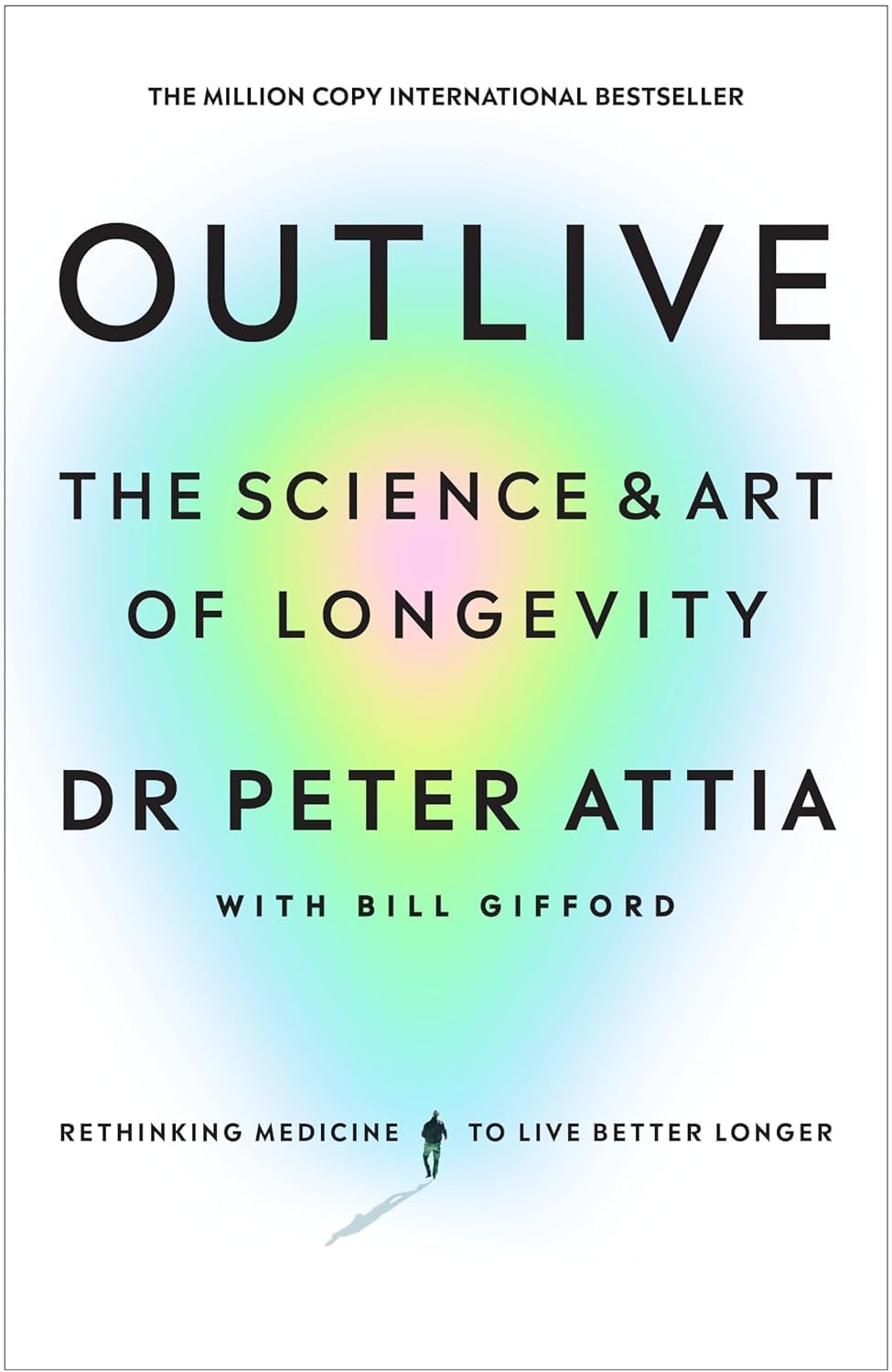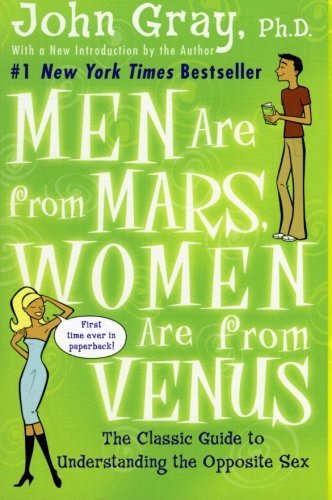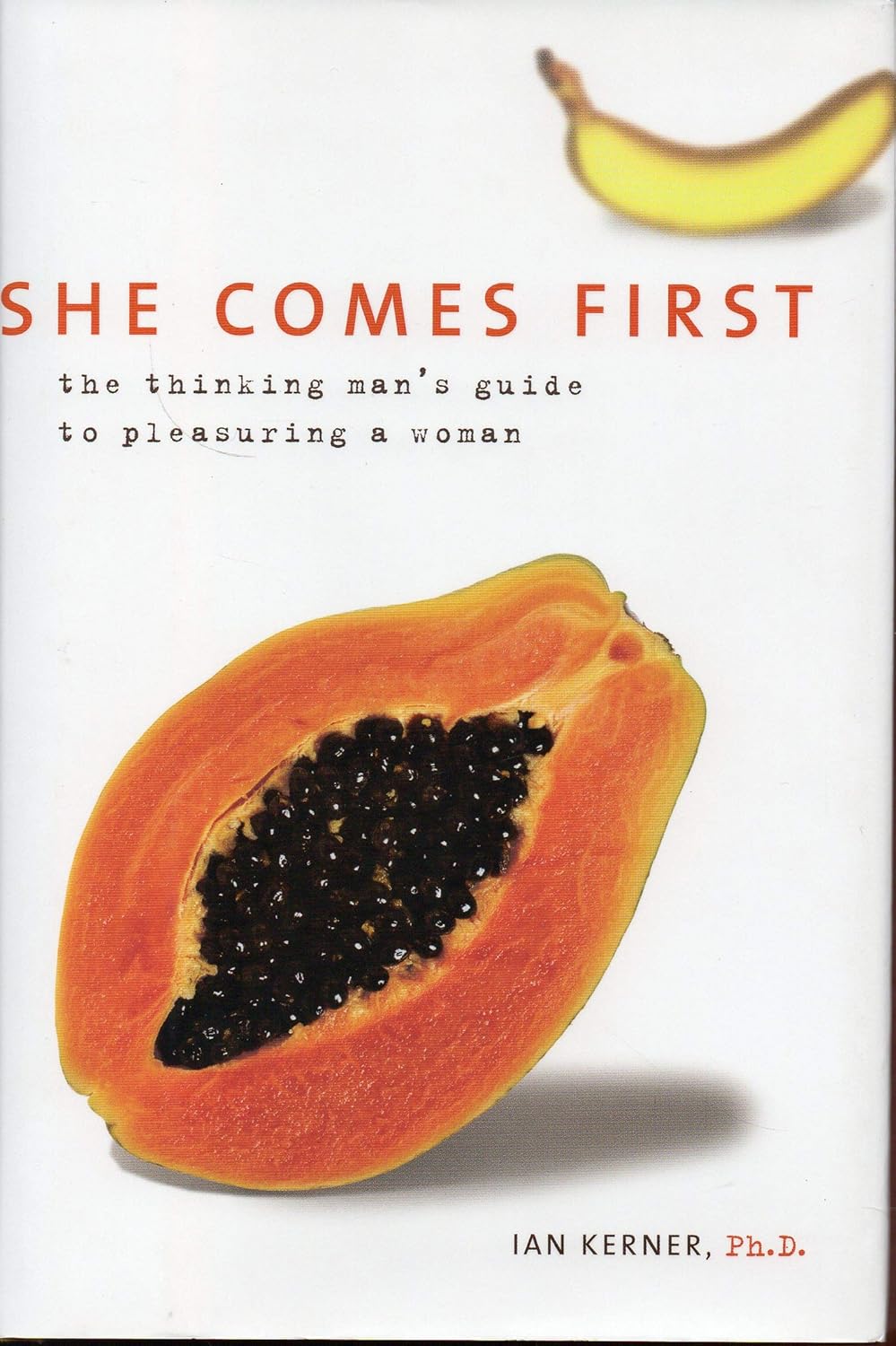
Buy The Book
Chapter
- ✦ Introduction
- ✦ The Three Rule s of Epidemics
- ✦ The Law of the Few: Connectors , Mavens , and Salesmen
- ✦ The Stickiness Factor: Sesame Street, Blue’s Clues, and the Educational Virus
- ✦ The Power of Context, (Part One): Bernie Goetz and the Rise and Fall of New York City Crime
- ✦ The Power of Context, (Part Two) : The Magic Number One Hundred and Fifty
- ✦ Case Study: Rumors, Sneakers, and the Power of Translation
- ✦ Case Study: Suicide, Smoking , and the Search for the Unsticky Cigarette
- ✦ Conclusion: Focus, Test, and Believe
The Tipping Point: How Little Things Can Make a Big Difference

About
“The Tipping Point: How Little Things Can Make a Big Difference” is an insightful examination by Malcolm Gladwell, a distinguished journalist and author recognized for his ability to unravel complex social dynamics. Released in 2000, the book investigates the “tipping point,” a pivotal threshold where an idea, trend, or social behavior rapidly gains momentum and proliferates. Gladwell identifies three crucial components that contribute to this phenomenon: the Law of the Few, which suggests that a small number of influential individuals can drive significant change; the Stickiness Factor, highlighting the inherent appeal that makes a message memorable; and the Power of Context, emphasizing the influence of environmental factors on behavior.
Through engaging narratives and case studies, such as the unexpected resurgence of Hush Puppies and the sharp decline in New York City’s crime rate, Gladwell demonstrates how minor, seemingly trivial factors can instigate substantial societal shifts. By examining these tipping points, he challenges conventional wisdom and provides a new lens through which to understand the mechanics of social epidemics. Gladwell’s work not only captivates readers with its storytelling but also equips them with a deeper understanding of the subtle forces that shape our world, making it an essential read for anyone curious about the dynamics of change.

Spark
Learn
Review
✦ Introduction
For Hush Puppies, the tipping point emerged between late 1994 and early 1995. The shoes, once on the brink of disappearing with just 30,000 pairs sold annually, suddenly became fashionable among Manhattan’s trendsetters. It started with a few kids in the East Village and Soho, who wore them because no one else would. This unexpected popularity caught the attention of designers like John Bartlett and Anna Sui, who featured the shoes in their shows, leading to a sales explosion. By 1995, sales soared to 450,000 pairs, and soon after, Hush Puppies became a staple in young American wardrobes, winning fashion awards and revitalizing the brand.
In a parallel shift, New York City witnessed a staggering decline in crime during the early 1990s. Neighborhoods that once echoed with violence saw a resurgence of community life. The drop in crime, more pronounced than in other cities, defied conventional explanations like better policing or economic improvements. The change was abrupt and profound, mirroring the unexpected rise of Hush Puppies.
These events illustrate that societal changes can spread like epidemics, driven by contagious behavior. Small actions can trigger significant effects, leading to rapid transformations. This challenges our understanding of change as a gradual process, revealing how minor shifts can lead to major impacts. By recognizing these tipping points, we gain insight into how trends and behaviors spread, offering a fresh perspective on how to initiate positive change in various fields. Understanding this can help us harness the power of small actions to create meaningful shifts in our world.
✦ The Three Rule s of Epidemics
In the mid-1990s, Baltimore faced a sudden syphilis outbreak. Within a year, the number of infants born with the disease surged by 500%. The pattern was stable for years, then suddenly spiked in 1995. What triggered this tipping point? According to the CDC, the culprit was crack cocaine, which fueled risky behaviors and altered social dynamics. More people flocked to impoverished areas to buy drugs, increasing the chances of spreading infections to other neighborhoods.
Another perspective comes from John Zenilman of Johns Hopkins, who attributes the outbreak to the collapse of medical services in Baltimore’s poorest areas. In 1990-91, the city’s STD clinics handled 36,000 patient visits annually. Budget cuts reduced staff and resources, dropping visits to 21,000. The decline in healthcare access meant those infected with syphilis remained untreated longer, spreading the disease further.
John Potterat, a leading epidemiologist, offers a third explanation. He points to significant physical changes in East and West Baltimore, where the epidemic was concentrated. In the mid-1990s, the city demolished large public housing projects, displacing many residents. This “hollowing out” caused a diaspora, spreading syphilis to other parts of the city as people relocated.
Each explanation highlights subtle shifts that had dramatic effects, illustrating the principle that small changes can tip an epidemic. Crack wasn’t new to Baltimore; its slight increase in severity triggered the epidemic. The healthcare system wasn’t dismantled; it was merely scaled back. Baltimore wasn’t entirely transformed; only some neighborhoods were altered. These minor changes disrupted the balance, leading to a significant outbreak.
These examples reveal how epidemics tip through three rules: contagiousness, where behaviors spread like viruses; the impact of small changes, showing how minor adjustments can lead to large-scale effects; and the sudden, dramatic tipping point, where change happens rapidly rather than gradually. Understanding these dynamics helps us see how trends and behaviors can swiftly alter the social landscape.
By examining the Baltimore syphilis outbreak, we learn that epidemics don’t require massive upheavals to begin. Instead, they can start with small, seemingly insignificant changes that, when combined, push a situation past its tipping point. Recognizing these factors allows us to better anticipate and manage social epidemics, whether in health, fashion, or crime, and harness the potential for positive change.
✦ The Law of the Few: Connectors , Mavens , and Salesmen
In understanding the spread of ideas and trends, the Law of the Few highlights the vital roles played by Connectors, Mavens, and Salesmen. These individuals are key players in social epidemics, each contributing uniquely to how information and behaviors catch on.
Connectors are the social glue; they know a vast array of people across different social circles. Their wide-reaching networks mean they can spread a message far and wide, connecting disparate groups with ease. This isn’t just about knowing many people, but about having the knack to bridge gaps between diverse worlds. A Connector’s influence lies in their ability to link people who might not otherwise interact, facilitating the rapid spread of ideas.
Mavens are information specialists. They accumulate knowledge and have a passion for sharing it. Mavens aren’t motivated by persuasion but by a genuine desire to help others make informed decisions. Their expertise and credibility make them trusted sources, and when they share information, it carries weight. They are the data banks in the social ecosystem, providing the vital details that can sway opinions and spark interest.
Salesmen are the persuaders, possessing an irresistible charisma and natural ability to convince others. Their skills lie not just in the words they use, but in their nonverbal cues and emotional intelligence. Salesmen can create enthusiasm and trust, making people more receptive to new ideas. Their talent for persuasion is crucial in tipping an idea from niche to mainstream.
These three types of people are instrumental in setting social epidemics in motion. A small number of Connectors, Mavens, and Salesmen can have a disproportionate impact on the spread of trends. They operate at the intersection of social networks, knowledge dissemination, and emotional appeal, making them powerful agents of change.
By recognizing the roles of Connectors, Mavens, and Salesmen, one can better understand how ideas proliferate and gain momentum. These key individuals demonstrate that the success of social movements often hinges not on the message alone, but on the people who carry it. Their unique talents and positions within social networks allow them to turn simple ideas into widespread phenomena, illustrating the profound impact that a few influential people can have on the world. Understanding their roles can help harness their potential to spark and sustain beneficial social change.
✦ The Stickiness Factor: Sesame Street, Blue’s Clues, and the Educational Virus
The Stickiness Factor focuses on why certain messages or ideas remain memorable and impactful. It’s not just about reaching people, but about making sure the message stays with them. This concept is vividly illustrated through the success of children’s television programs like Sesame Street and Blue’s Clues.
Sesame Street revolutionized educational television by combining entertainment with learning. The creators realized that to teach effectively, they needed to capture and hold children’s attention. They used engaging characters, catchy songs, and colorful visuals to make learning fun and memorable. The show’s format was carefully designed to reinforce educational content, ensuring that children not only watched but also absorbed the lessons.
Blue’s Clues took these principles even further. It simplified its approach, offering a single narrative per episode, which was repeated throughout the week. This repetition reinforced learning and made the content stickier. The interactive format, where the host directly engaged with the audience, invited children to participate actively, turning passive viewing into an engaging educational experience. This approach proved incredibly effective, as it encouraged children to think critically and solve problems alongside the characters.
Both shows demonstrate that the Stickiness Factor relies on making content engaging and memorable. It’s about finding the right balance between education and entertainment, ensuring that the message is not only delivered but also retained. By crafting content that resonates on an emotional and intellectual level, these programs managed to create an educational virus, spreading knowledge in a way that children found irresistible.
Understanding the Stickiness Factor is crucial for anyone looking to make a message impactful. It’s not enough to simply present information; it must be packaged in a way that captures attention and encourages retention. This can involve using storytelling, interaction, or repetition to reinforce the message. By applying these principles, it’s possible to create ideas and content that stick, influencing behavior and understanding long after the initial encounter.
In essence, the Stickiness Factor highlights the importance of making messages compelling and unforgettable. Whether through television, marketing, or education, the goal is to ensure the audience not only receives the message but internalizes it, sparking change and fostering learning. By leveraging this factor, one can turn a simple idea into a lasting and influential phenomenon.
✦ The Power of Context, (Part One): Bernie Goetz and the Rise and Fall of New York City Crime
In the 1980s, New York City became synonymous with high crime rates and urban decay, particularly in its subway system, where graffiti, fare evasion, and a sense of chaos prevailed. This environment set the stage for Bernie Goetz, an average citizen who, in 1984, shot four young men on a subway train, believing they were about to mug him. Goetz’s actions reflected the pervasive fear and frustration felt by many New Yorkers during this time, highlighting how significantly the environment can influence individual behavior.
The case of Goetz demonstrates that behavior often responds to the surrounding context. In environments that feel threatening or disorderly, ordinary people may resort to extraordinary measures. This relationship between environment and behavior is further illustrated by the sudden drop in New York City’s crime rate in the 1990s.
The decline wasn’t gradual; it was a sharp and unexpected shift. Various explanations emerged, such as improved policing and demographic changes, but one compelling idea was the “Broken Windows Theory.” This theory posits that maintaining and monitoring urban environments to prevent small crimes, like vandalism, can foster an atmosphere of lawfulness and order, thereby preventing more serious crimes. In New York, efforts to clean up graffiti, enforce fare regulations, and crack down on minor offenses contributed to a broader sense of order, influencing behavior on a large scale and significantly reducing crime.
Small changes in the environment can lead to profound behavioral shifts. Altering the conditions in which people operate can influence their actions and decisions, from enhancing public safety to driving positive social change. Context plays a crucial role, as behavior is not solely a result of personal choice but is deeply shaped by the surrounding environment. By recognizing and adjusting these factors, it’s possible to create conditions that encourage better behavior and outcomes.
This insight challenges the notion that change must originate from within individuals, suggesting instead that altering the external environment can be a powerful strategy. By understanding this dynamic, efforts to address social issues can be more effective, fostering more harmonious and orderly communities.
✦ The Power of Context, (Part Two) : The Magic Number One Hundred and Fifty
The concept centers on the idea that the number 150 is a crucial threshold for human social groups. This magic number, rooted in anthropology and psychology, suggests that humans can comfortably maintain stable relationships with about 150 people. Beyond this, social cohesion tends to break down.
This notion finds support in the study of hunter-gatherer societies, where communities often naturally limit themselves to about 150 members. This size allows individuals to know each member personally and maintain meaningful connections, facilitating cooperation and social stability. The same principle applies to modern organizations. Companies and communities that exceed this number often experience challenges in maintaining unity and effective communication.
Consider the success of the Gore-Tex company, which consciously applies this principle. When a division grows beyond 150 employees, they split it into smaller, autonomous units. By doing so, they ensure that everyone knows each other, fostering a strong sense of community and collaboration. This approach enhances productivity and innovation by preserving personal connections within the workplace.
The 150 threshold underscores how our brains are wired to handle a limited number of social relationships. When groups grow larger, communication becomes less effective, and social bonds weaken, leading to fragmentation and inefficiency. This number acts as a natural boundary for group dynamics, emphasizing the importance of size in maintaining organizational health.
Understanding the magic number of 150 provides insights into how to structure social and professional environments. By keeping groups within this size, it’s possible to enhance communication, strengthen relationships, and promote a sense of belonging. This approach not only applies to businesses but also to communities and social networks, where maintaining personal connections is key to success.
The principle challenges conventional wisdom that bigger is always better, highlighting the benefits of smaller, more intimate group settings. It suggests that effective management and community building rely on recognizing the natural limits of human social capacity. By embracing this understanding, one can foster environments where collaboration and cohesion thrive, ultimately leading to more harmonious and efficient groups.
This insight into group dynamics encourages a reevaluation of how we structure organizations and communities. It emphasizes the importance of personal connection and manageable group sizes in sustaining effective social networks. By leveraging the magic number of 150, it becomes possible to create settings where individuals feel valued and connected, enhancing both personal satisfaction and collective success.
✦ Case Study: Rumors, Sneakers, and the Power of Translation
Rumors and trends often spread like wildfire, and understanding how this happens involves looking at the role of translation. Translation, in this context, refers to how information is adapted and communicated across different groups, making it more relevant and engaging.
Take sneakers, for example. A style might start in a niche community, gaining traction through influential figures who translate its appeal to a broader audience. These individuals, often called “Translators,” have an intuitive sense of what will resonate with different groups. They tweak the message or the product in small but significant ways, making it accessible and desirable to a wider crowd.
Consider the rise of a particular sneaker brand. Initially, it might gain popularity in a small urban area, where a few key individuals start wearing them. These sneakers catch the eye of a Translator who understands both the original community and a larger market. By wearing the sneakers in new settings and talking about them in ways that highlight features appealing to different groups, the Translator effectively bridges the gap between the niche and the mainstream.
Rumors, much like sneaker trends, rely on this process of translation to spread. A rumor starts small, often in a tight-knit community, but as it moves outward, it changes subtly. Each person who passes it on might add their own spin, making it more intriguing or relevant to their audience. This constant adaptation helps the rumor fit into various contexts, allowing it to travel further and faster.
The key to successful translation lies in understanding what makes a message or product stick in different environments. It’s about recognizing the core appeal and finding ways to emphasize that to diverse audiences. This might involve changing the way it’s presented, highlighting different aspects, or even altering the language used to describe it.
This process demonstrates the power of translation in spreading ideas and trends. It shows that while the original message might be strong, its reach and impact depend significantly on how well it is adapted for new audiences. By honing the art of translation, one can amplify the spread of ideas, ensuring they resonate across varied social landscapes.
In essence, translation acts as a bridge, connecting distinct groups and allowing messages and trends to flow between them. It highlights the importance of adaptability and understanding in communication, showing that successful spread relies not just on the message itself, but on how it is conveyed and transformed along the way. Through effective translation, ideas can achieve a broader impact and become embedded in diverse cultural contexts.
✦ Case Study: Suicide, Smoking , and the Search for the Unsticky Cigarette
Exploring the spread of behaviors like suicide and smoking reveals much about societal influence and the elusive nature of creating an “unsticky” cigarette. Both phenomena spread through social networks, driven by complex factors that make them difficult to control.
Consider the case of suicide in Micronesia, where a disturbing pattern emerged. Young people, influenced by dramatic narratives and peers, began to view suicide as a viable way to express distress. This behavior spread through communities like a contagion, with each act inspiring others. The story of each incident carried emotional weight, making it memorable and compelling, leading to a tragic cycle.
Smoking follows a similar pattern. It often starts with social influencers—those who set trends within their peer groups. Teenagers, in particular, might pick up smoking due to its portrayal as rebellious or glamorous. The behavior becomes sticky because it’s tied to identity and social acceptance. The challenge lies in making cigarettes “unsticky,” breaking the allure that keeps people hooked.
Attempts to create an “unsticky” cigarette—one that doesn’t lead to addiction—reveal the complexities of human behavior. Even if a cigarette is less addictive chemically, the social and psychological factors remain powerful. The act of smoking is embedded in routines and social interactions, making it difficult to simply remove its appeal.
Understanding these dynamics means recognizing the role of social context and emotional resonance. Behaviors spread not just through direct imitation but through the emotions and meanings attached to them. To counteract these trends, one must address the underlying narratives and societal cues that make them appealing.
Efforts to reduce smoking, for instance, have focused on changing public perceptions. Highlighting health risks, implementing smoking bans, and reshaping the image of smoking from glamorous to harmful have been strategies to make smoking less sticky. Yet, the challenge remains to fully detach its social and emotional ties.
Similarly, addressing the spread of suicide involves changing the narrative. Providing support and alternative coping strategies can help, but it requires shifting how distress and identity are communicated within communities.
Ultimately, the search for the unsticky cigarette exemplifies a broader challenge: altering behaviors deeply embedded in social and emotional contexts. It underscores the need for comprehensive approaches that consider not only the physical elements but also the psychological and social factors that drive these behaviors.
By understanding the intricate web of influences that make certain behaviors sticky, efforts to change them can be more targeted and effective. Addressing the root causes and reshaping the narratives can help break the cycle, leading to healthier societal patterns.
✦ Conclusion: Focus, Test, and Believe
To drive meaningful change, focus, test, and believe are crucial steps. Small adjustments can lead to significant impacts when approached with intention and clarity.
Start with focus by identifying specific elements that can trigger a tipping point. Concentrate on details that have the potential to create large-scale change. By zeroing in on what truly matters, efforts and resources can be directed effectively, increasing the likelihood of success.
Testing involves experimenting with various strategies to discover what works. Not every attempt will yield immediate results, but through trial and error, effective methods will emerge. This process requires flexibility and perseverance, as multiple iterations might be necessary to find the approach that resonates and sticks.
Belief is maintaining the conviction that change is achievable. Holding firm to the potential for transformation drives persistence and innovative thinking. It encourages bold steps and sustaining momentum even in the face of setbacks. Belief also inspires others, creating a ripple effect that amplifies efforts and spreads enthusiasm within a community or organization.
Imagine a community determined to reduce waste. By focusing on a specific area, like recycling plastics, targeted interventions can be crafted. Testing might involve introducing various recycling programs, educational initiatives, or incentives to determine which approach is most effective. Throughout this journey, belief in the collective ability to make a difference keeps motivation high and encourages community involvement.
This approach is applicable across various contexts, whether tackling public health challenges, influencing consumer behavior, or fostering social movements. By honing in on key aspects, experimenting with tactics, and sustaining belief, it’s possible to tip the balance toward positive change.
The path to tipping points is seldom straightforward. It demands dedication, adaptability, and a willingness to question conventional wisdom. Yet, by embracing these principles, individuals and groups can transform their efforts into powerful catalysts for change.
In essence, clear focus, diligent testing, and unwavering belief combine to unlock the power of tipping points, enabling transformative impacts in society and beyond.
For People
– Business professionals
– Marketers and advertisers
– Social scientists
– Educators
– Entrepreneurs
Learn to
– Understanding social epidemics
– Recognizing impactful small changes
– Identifying key influencers
– Applying effective communication strategies
– Improving decision-making skills









